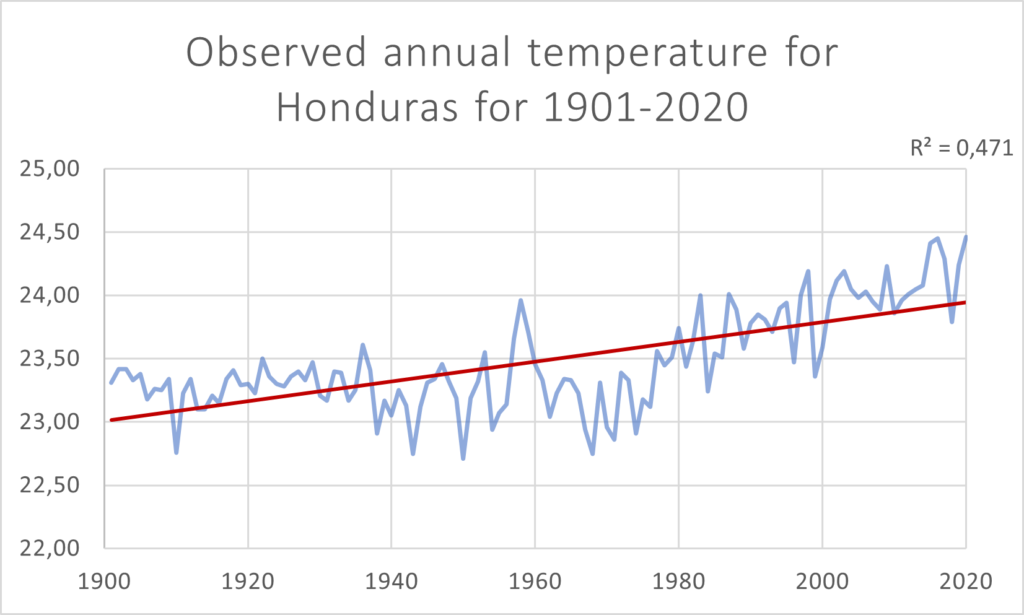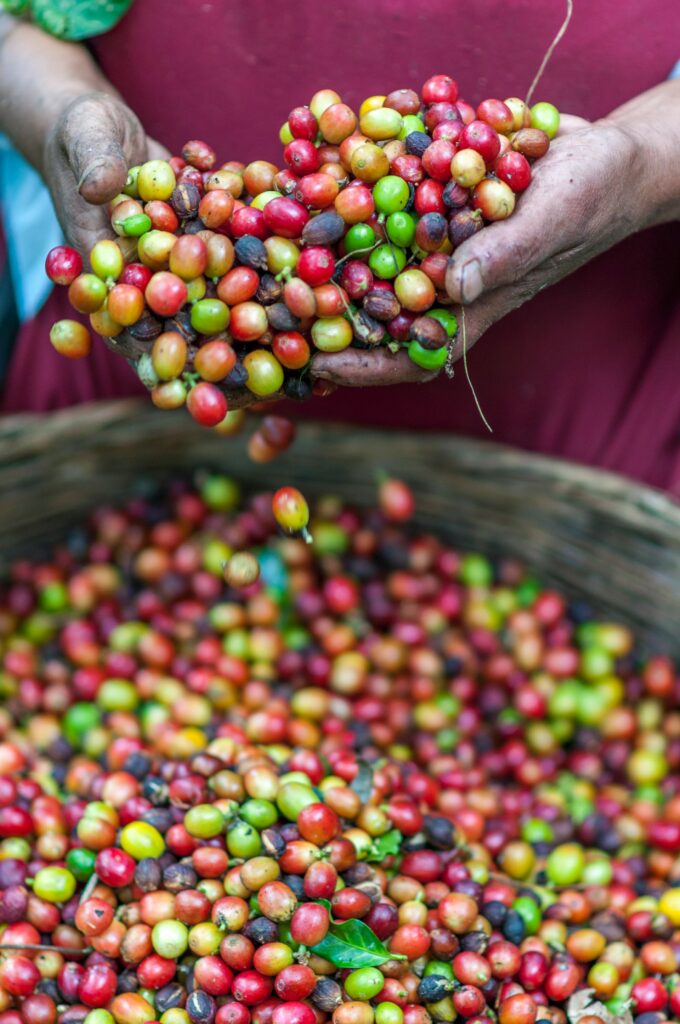Climate change might take away your morning coffee, too

Coffee is the catalyst for an unimaginable number of people worldwide. Thomas Jefferson, as early as 1824, even declared it to be the “favourite drink of the civilised world”. Back then, neither climate change nor the disease profiting from it, now threatening coffee production, were a thing. Back then, notably, coffee was also not to significant parts consumed from disposable plastic cups, transported in cargo ships running on heavy fuel oil and processed by carbon-intensive industries.
Nowadays, coffee is increasingly threatened by climate change, more precisely by a fungi called coffee leaf rust (Hemilea vastatrix). While this is not the only plant pathogen affecting coffee, it is one of the most severe. It first appeared in records in 1869 in Sri Lanka, then the largest coffee producer in the world, where it devastated coffee farms to a degree that only ten years later, practically all farmers had abandoned coffee farming. As the rust slowly made its way around the globe, eventually reaching first South, then Central America in the 1970s, scientists steadily learned how to adapt their farms as well as farming practices against the disease. By 1990, coffee leaf rust just seemed any other plant pathogen of no particular relevance.
As any other plant, coffee trees obtain most of their nutrients through the leaves (photosynthesis). This allows the tree to produce new branches which consequently flower and develop into the fruit. Coffee leaf rust, however, significantly harms the ability of the plant to develop by sending shoots into the leaf, which feed of the leaf tissue. This causes orange-coloured lesions, from which the disease has its name. The fungus is highly sensitive to temperature, a variable which in the tropics is mostly influenced by altitude. In South and Central America, where much of the coffee is cultivated at higher altitudes, the rust, while prevalent, could not harm the plants to a significant extent (McCook 2019). This changed, when in 2012 in South and Central America, the “Big Rust” hit. Suddenly, the lesions appeared on highland area farms which had previously escaped the disease and not only that, it caused extensive damages and measures to contain it, like spraying the plants with fungicides, seemed to be ineffective. It is suspected that due to climate change and after average temperatures passed a certain threshold along with more erratic but intense, the fungus suddenly was able to cycle through its reproduction process more rapidly, allowing to spread faster while also allowing quicker adaptation to measures which where formerly able to limit the spreading, such as breeding rust-resistant varieties and spraying (Ward et al. 2017).

In South and Central America and other coffee-producing regions, climate change is not the only pressure smallholder coffee farmers face. It is estimated that for every cup of coffee sold, for example, a cappuccino going for 3-4$, the average income for the farmer is just 0.01$. While the coffee farmer reaps the fruit, it is international roasters and retailers reap the profits – the result of a highly inequitable market. As climate change reduces farmers’ incomes as well as yields while increasing input costs and work burdens, many smallholders are forced to abandon their plots. Notably, in the aftermath of the Big Rust, the number of Central American minors irregularly migrating to the United States went up significantly, with migration being an often reported strategy to diversify incomes and allow the remaining household to continue their farming operations: “Emigration continues to be a route for improving the family economy […] among coffee growers” (Ruiz-de-Ona et al. 2019).
Market pressures, along with low prices, constitute additional challenges for smallholder farmers. So-called value chain interventions, often designed to increase smallholder resilience, sometimes prove to add to the climate vulnerability. The market’s preference for specialty- and eco-certified Arabica coffee incentivises farmers to grow Arabica coffee due to its high cup quality. Crucially, Arabica varieties are particularly prone to coffee leaf rust compared to the more resistant but less popular Robusta varieties. Notably, in some South and Central American countries, fearing for their reputation as world leaders regarding quality coffee, cultivation of Robusta coffee was legally prohibited by the government, a policy which changed only in recent years.

As an answer to climate change altering the coffee-growing landscape, the focus has shifted to breeding new generations of rust-resistant varieties, usually so-called Catimors which aim to combine the rust- and drought-resistant properties of Robusta with the high-quality flavour Arabica. These crossings, however, face low adoption of smallholder farmers, who continue to produce the lion’s share of the world’s coffee, since they often cannot afford to buy the seedlings and even if they could, don’t have the time to wait several years until they produce fruit and thus generate income. Furthermore, breeding for a silver bullet variety runs in the danger of creating a mono-culture coffee landscape, which would be prone for future diseases or even seemingly minor genetic adaptation of coffee leaf rust. Just as there is no breeding out of the problem, there is no running away from climate change.
Safeguarding that coffee farmers receive a fair share of income would be a step in the right direction and buying certified fair-trade coffee contributes to that. Until climate change is solved, you better drink every cup of coffee like it is your last!
Sources & additional information:
- Avelino, J., & Anzueto, F. (2020). Coffee rust epidemics in Central America: Chronicle of a resistance breakdown following the great epidemics of 2012 and 2013. Emerging plant diseases and global food security, 185-198.
- Harvey, C. A., Pritts, A. A., et al. (2021). Transformation of coffee-growing landscapes across Latin America. A review. Agronomy for sustainable development, 41(5), 1-19.
- Masho, Aaron & Hunt, Nigel (2019). Coffee price slump leaves farmers earning less than one cent a cup. Reuters.
- McCook, S. (2019). Coffee is not forever: a global history of the coffee leaf rust. Athens: Ohio University Press.
- Ruiz-de-Oña, C., Rivera-Castañeda, P., & Merlín-Uribe, Y. (2019). Coffee, migration and climatic changes: Challenging adaptation dichotomic narratives in a transborder region. Social sciences, 8(12), 323.
- Ward, R., Gonthier, D., & Nicholls, C. (2017). Ecological resilience to coffee rust: Varietal adaptations of coffee farmers in Copán, Honduras. Agroecology and Sustainable Food Systems, 41(9-10), 1081-1098.